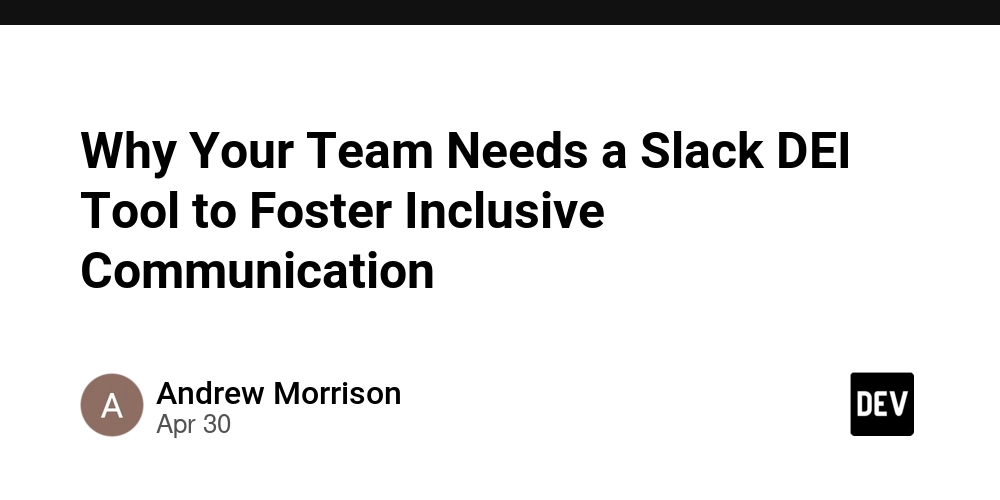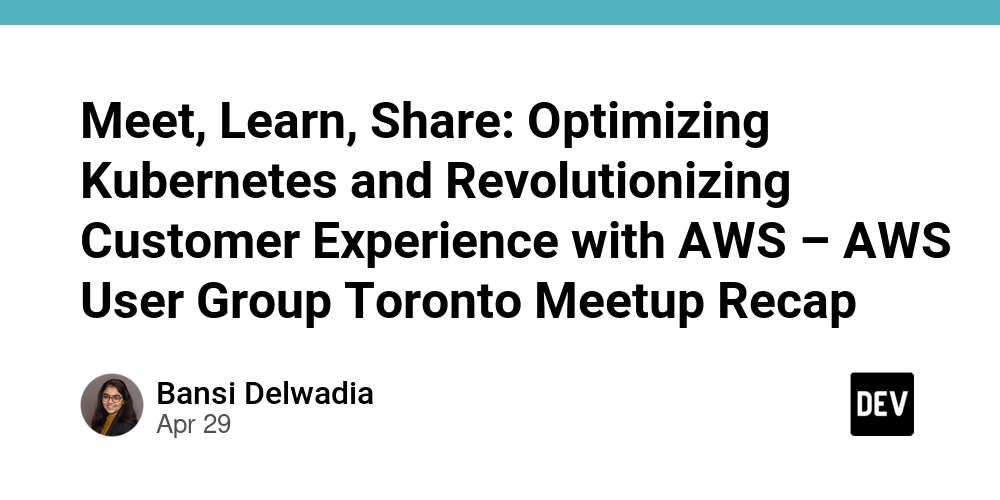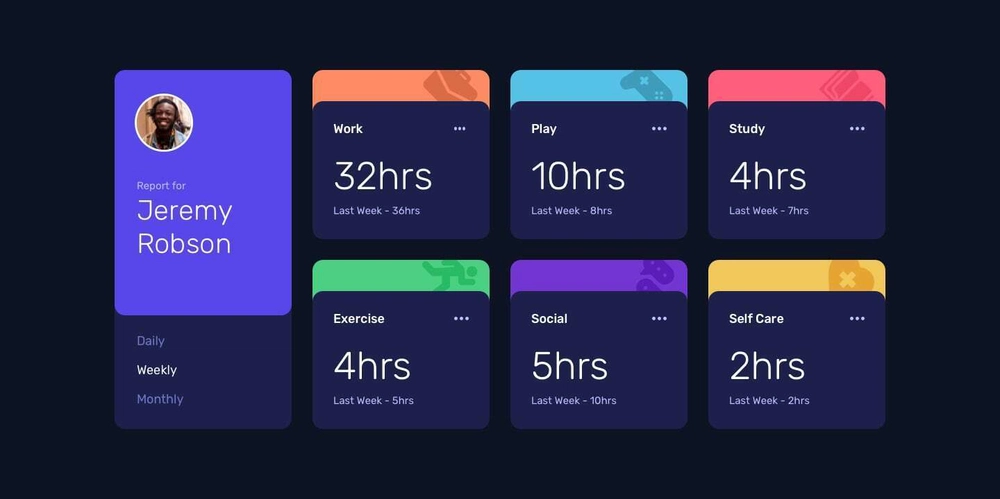HolonIQ Report on Global EdTech Investments: Blockchain & Beyond
Abstract: This post provides a deep dive into the HolonIQ Report on Global EdTech Investments and explores how blockchain technology is reshaping educational technology funding and innovation. We examine the background, core concepts, practical applications, challenges, and future trends. Along the way, we include insights on smart contracts, blockchain types, sustainable practices, and the public versus private blockchain debate. We also highlight related investment strategies by prominent players like Coinbase Ventures and Ripple’s Xpring, and share valuable resources from MIT and Stanford blockchain research. Finally, we integrate insights from trusted Dev.to posts to offer a comprehensive view for developers, investors, and educators alike. Introduction The intersection of education technology (EdTech) and blockchain is rapidly shifting how innovations are funded and implemented. The HolonIQ Report on Global EdTech Investments highlights key trends in how investors are approaching EdTech funding worldwide. Blockchain, once seen only as the technology behind cryptocurrencies, today plays a crucial role in streamlining funding models, ensuring transparency, and creating new ecosystems for developers and educators alike. This post unpacks the ideas presented in the HolonIQ insights, connecting them with blockchain’s broader technological impact. We explore how blockchain-driven solutions like smart contracts and decentralized platforms are influencing the education space. With input from various authoritative sources such as Coinbase Ventures, Ripple's Xpring, and academic research from MIT Blockchain Research and Stanford's Blockchain Research, we aim to provide a holistic and accessible analysis. Background and Context The History of EdTech Investments Over the past decade, education technology has drawn increasing amounts of venture capital. Investments have grown not only in size but in sophistication, with investors looking at digital learning tools, remote education systems, and immersive learning platforms. In recent reports like the HolonIQ yearly review, global investments highlight: The rising trend of digital classrooms. The integration of AI and machine learning for personalized learning. The exploration of blockchain as a means to ensure secure data exchange, digital credentialing, and transparent funding mechanisms. Blockchain Basics for EdTech Before diving deeper, it is useful to understand some fundamental blockchain concepts: What is Blockchain: A distributed ledger technology that records transactions in a secure, tamper-resistant manner. More details can be found in What is Blockchain. Smart Contracts on Blockchain: These are self-executing contracts with the terms directly written into code. Learn more in the Smart Contracts on Blockchain article. Types of Blockchains: Public, private, and hybrid solutions all serve different needs. Additional insights are available at Types of Blockchains. Sustainable Blockchain Practices: Environmental and operational sustainability is now a focus for blockchain projects. Discover practices at Sustainable Blockchain Practices. Public vs Private Blockchains: The debate affects accessibility and compliance; read more at Public vs Private Blockchains. These key concepts serve as building blocks for understanding how blockchain can transform education funding and delivery. Core Concepts and Features Blockchain’s integration into EdTech is underpinned by several core features, including security, decentralization, and transparency. Here, we discuss these features and how they overlap with investment strategies in EdTech: Key Features Explored Transparency and Traceability: Blockchain ensures that every transaction is recorded permanently. This capability is crucial for tracking funds in large-scale investments and for ensuring academic credential authenticity. Decentralized Funding: Investors now explore decentralized finance (DeFi) mechanisms that bypass traditional intermediaries. Platforms like Coinbase Ventures have started to fund blockchain-enabled education projects that offer more democratic controls. Smart Contract Automation: Smart contracts automate agreements between parties, reducing the need for extensive paperwork. This feature is especially beneficial in funding agreements and securing intellectual property rights in EdTech. Data Security and Privacy: With the increasing digitization of education, ensuring student and data privacy becomes paramount. Blockchain’s encryption and ledger technology provide robust security solutions which are being evaluated by global investors. Overlap of Investments and Blockchain Technology We can summarize the overlap in the following table: Feature Blockchain Application EdTech Investment Relevance Transparency Immutable ledger for record-keeping Tracking global capital flows in EdTech proj
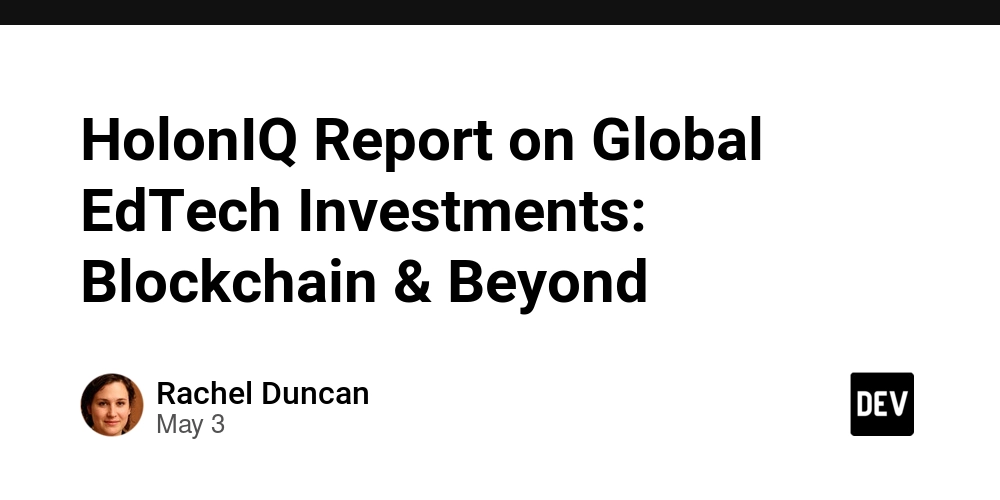
Abstract:
This post provides a deep dive into the HolonIQ Report on Global EdTech Investments and explores how blockchain technology is reshaping educational technology funding and innovation. We examine the background, core concepts, practical applications, challenges, and future trends. Along the way, we include insights on smart contracts, blockchain types, sustainable practices, and the public versus private blockchain debate. We also highlight related investment strategies by prominent players like Coinbase Ventures and Ripple’s Xpring, and share valuable resources from MIT and Stanford blockchain research. Finally, we integrate insights from trusted Dev.to posts to offer a comprehensive view for developers, investors, and educators alike.
Introduction
The intersection of education technology (EdTech) and blockchain is rapidly shifting how innovations are funded and implemented. The HolonIQ Report on Global EdTech Investments highlights key trends in how investors are approaching EdTech funding worldwide. Blockchain, once seen only as the technology behind cryptocurrencies, today plays a crucial role in streamlining funding models, ensuring transparency, and creating new ecosystems for developers and educators alike.
This post unpacks the ideas presented in the HolonIQ insights, connecting them with blockchain’s broader technological impact. We explore how blockchain-driven solutions like smart contracts and decentralized platforms are influencing the education space. With input from various authoritative sources such as Coinbase Ventures, Ripple's Xpring, and academic research from MIT Blockchain Research and Stanford's Blockchain Research, we aim to provide a holistic and accessible analysis.
Background and Context
The History of EdTech Investments
Over the past decade, education technology has drawn increasing amounts of venture capital. Investments have grown not only in size but in sophistication, with investors looking at digital learning tools, remote education systems, and immersive learning platforms. In recent reports like the HolonIQ yearly review, global investments highlight:
- The rising trend of digital classrooms.
- The integration of AI and machine learning for personalized learning.
- The exploration of blockchain as a means to ensure secure data exchange, digital credentialing, and transparent funding mechanisms.
Blockchain Basics for EdTech
Before diving deeper, it is useful to understand some fundamental blockchain concepts:
- What is Blockchain: A distributed ledger technology that records transactions in a secure, tamper-resistant manner. More details can be found in What is Blockchain.
- Smart Contracts on Blockchain: These are self-executing contracts with the terms directly written into code. Learn more in the Smart Contracts on Blockchain article.
- Types of Blockchains: Public, private, and hybrid solutions all serve different needs. Additional insights are available at Types of Blockchains.
- Sustainable Blockchain Practices: Environmental and operational sustainability is now a focus for blockchain projects. Discover practices at Sustainable Blockchain Practices.
- Public vs Private Blockchains: The debate affects accessibility and compliance; read more at Public vs Private Blockchains.
These key concepts serve as building blocks for understanding how blockchain can transform education funding and delivery.
Core Concepts and Features
Blockchain’s integration into EdTech is underpinned by several core features, including security, decentralization, and transparency. Here, we discuss these features and how they overlap with investment strategies in EdTech:
Key Features Explored
Transparency and Traceability:
Blockchain ensures that every transaction is recorded permanently. This capability is crucial for tracking funds in large-scale investments and for ensuring academic credential authenticity.Decentralized Funding:
Investors now explore decentralized finance (DeFi) mechanisms that bypass traditional intermediaries. Platforms like Coinbase Ventures have started to fund blockchain-enabled education projects that offer more democratic controls.Smart Contract Automation:
Smart contracts automate agreements between parties, reducing the need for extensive paperwork. This feature is especially beneficial in funding agreements and securing intellectual property rights in EdTech.Data Security and Privacy:
With the increasing digitization of education, ensuring student and data privacy becomes paramount. Blockchain’s encryption and ledger technology provide robust security solutions which are being evaluated by global investors.
Overlap of Investments and Blockchain Technology
We can summarize the overlap in the following table:
| Feature | Blockchain Application | EdTech Investment Relevance |
|---|---|---|
| Transparency | Immutable ledger for record-keeping | Tracking global capital flows in EdTech projects |
| Decentralized Funding | Use of cryptocurrencies and tokens for fundraising | Reduced dependency on traditional banking channels |
| Smart Contracts | Automates agreements and legal contracts | Streamlined contracts and secure transactions in investments |
| Data Security | Cryptographic techniques to secure data | Protection of student data and digital credentials |
This table encapsulates how underlying blockchain features translate into tangible benefits in the domain of EdTech investments.
Applications and Use Cases
Blockchain integration in EdTech is not just theoretical—it has practical applications that enhance the educational ecosystem. Here are several use cases:
1. Digital Credentialing and Certification
Blockchain can securely record and verify academic credentials. By tokenizing student certifications:
- Investors can back platforms that develop blockchain-based credentialing systems.
- Institutions reduce the risk of diploma fraud as each certificate is uniquely registered on a public ledger.
For additional context on industry funding and blockchain in education tech, check out this Funding for Blockchain in Education Tech overview.
2. Secure Learning Platforms
Blockchain offers robust infrastructure for secure online learning:
- Smart contracts ensure that payments, course delivery, and intellectual property rights are managed automatically.
- Data integrity is maintained, ensuring that student progress and performance are accurately recorded.
Innovations by companies such as Ripple’s Xpring are exemplary in this case, showing how finance and tech converge to fund secure learning projects.
3. Decentralized Funding Models for EdTech Startups
Venture capital in EdTech is increasingly looking at:
- Decentralized investment models that reduce reliance on traditional fund managers.
- DAO (Decentralized Autonomous Organizations), where stakeholders can vote on investment decisions.
This model opens up a new era of transparency and fairness in funding, aligning with trends discussed in Coinbase Ventures and further echoed by open source funding discussions on Dev.to.
Practical Insights from Dev.to Contributors
Several insightful posts on Dev.to complement our discussion:
- Arbitrum Mainnet: A Leap Forward in Ethereum Scalability illustrates how scalability solutions are evolving.
- Exploring the Drip Network: A Deep Dive into DeFi, NFTs, and Tokenomics provides practical insights on innovative funding through blockchain.
- Bridging the Gap: Funding Blockchain Innovations in Agriculture and Pharmaceutical Supply Chains discusses alternative funding models.
- Unveiling Common Public Attribution License 1.0: A Comprehensive Overview and Future Trends adds perspective on open source funding and licensing.
Challenges and Limitations
Despite its potential, integrating blockchain into EdTech comes with challenges that investors and developers should consider.
Technical Challenges
Scalability Issues:
While blockchain offers security, scaling transactions to accommodate millions of users is non-trivial. Solutions like layer-2 rollups are in development, yet require broader adoption to fulfill this promise.Interoperability Concerns:
Different blockchain platforms may struggle to communicate with one another. This limits the seamless integration of systems and creates silos. Efforts such as those discussed in Arbitrum and Blockchain Interoperability provide early solutions, but challenges remain.
Adoption and Regulatory Hurdles
- Adoption Resistance: Many educational institutions still rely on legacy systems. Transitioning to blockchain-based solutions requires significant technical and cultural change.
- Regulatory Uncertainty: With new technology comes a shifting regulatory landscape. Laws regarding cryptocurrencies, tokenized assets, and decentralized funding are evolving, which could delay implementation.
Security Vulnerabilities
- Smart Contract Bugs: Vulnerabilities in code can result in financial losses and compromise sensitive data. Ongoing audits and better coding practices are needed to mitigate these risks.
- Data Privacy Dilemmas: While blockchain ensures transparency, balancing this with personal data privacy (especially in education) is a complex problem. Strategies such as encryption and off-chain solutions are under exploration.
Future Outlook and Innovations
Looking ahead, the combination of EdTech and blockchain appears ripe with innovation opportunities. Here’s what the future may hold:
Enhancements in Blockchain Infrastructure
Layer-2 Solutions and Scalability Protocols:
Innovations like those seen on the Arbitrum network will likely improve transaction throughput, making blockchain more practical for large-scale educational platforms.Interoperability Frameworks:
Improved protocols may allow different blockchains to communicate effectively. This will enable a multi-chain future where educational records, funding trails, and digital credentials can interoperate seamlessly.
Evolving Investment Strategies
Decentralized Venture Funds:
With platforms like Coinbase Ventures and Ripple's Xpring, we see a shift toward investing in projects that support open-source platforms and decentralization. Investors now have the opportunity to back projects that are not only technically sound but also ethically aligned.Tokenization of Educational Assets:
Future trends indicate the potential to tokenize digital diplomas, intellectual property, and course content. This tokenization can create new revenue streams and transparent pricing models.
Integration of AI and Blockchain
- Enhanced Personalization: Combining blockchain with AI-driven analytics can personalize learning experiences while ensuring data integrity and privacy.
- Improved Cybersecurity: Robust blockchain security protocols paired with machine learning can detect vulnerabilities faster, as discussed in Exploring Blockchain Speed and Throughput: The Future of Transactions.
Upcoming Trends in Open Source and Funding
- Open Source Developer Patronage: As funding models evolve, expect a stronger emphasis on supporting developers through decentralized sponsorship. This trend is well-covered in posts like Exploring Open Source Developer Patronage Support on Dev.to.
- Community Governance Models: Decentralized Autonomous Organizations (DAOs) are poised to enable community-driven governance for education projects, ensuring democratic participation in decision-making.
Summary and Conclusion
In summary, the integration of blockchain with EdTech investments represents a foundational shift in the digital education landscape. The insights drawn from the HolonIQ Report on Global EdTech Investments emphasize increased transparency, decentralized funding, and innovative applications such as digital credentialing. By harnessing blockchain features like smart contracts and robust security, investors—from Coinbase Ventures to Ripple’s Xpring—are pioneering new models for educational technology funding.
Below is a key bullet list highlighting the main takeaways:
- Transparency: Enables clear tracking of investments and credential authenticity.
- Decentralized Funding: Reduces reliance on traditional funding mechanisms.
- Smart Contracts: Automates processes to enhance efficiency and security.
- Scalability and Interoperability: Present challenges that are actively addressed by emerging blockchain solutions.
- Future Investments: Predict a rise in tokenization of educational assets and AI-enhanced learning platforms.
Overall, while challenges such as scalability, interoperability, and regulatory uncertainties remain, future innovations driven by improved blockchain infrastructure and emerging investment strategies are promising. The convergence of EdTech and blockchain not only transforms how educational services are delivered but also how they are funded. As we move forward, the integration of AI, decentralized governance, and open-source patronage is expected to drive further evolutions in both sectors.
For further reading and practical insights, be sure to explore additional resources:
- Blockchain Research at MIT
- Stanford's Blockchain Research
- What is Blockchain
- Smart Contracts on Blockchain
Also, consider reading these valuable Dev.to posts that enhance our understanding:
- Arbitrum Mainnet: A Leap Forward in Ethereum Scalability
- Exploring the Drip Network: A Deep Dive into DeFi, NFTs, and Tokenomics
- Bridging the Gap: Funding Blockchain Innovations in Agriculture and Pharmaceutical Supply Chains
- Unveiling Common Public Attribution License 1.0: A Comprehensive Overview and Future Trends
In conclusion, the fusion of blockchain with EdTech investments is fostering an ecosystem that is not only more efficient and secure but also more transparent and inclusive. As technology continues to evolve, both EdTech platforms and blockchain-based funding models are set to benefit from increased collaboration, enhanced cybersecurity, and novel automated processes. With continuous improvements and regulatory clarity on the horizon, the future of blockchain in educational technology investments looks promising and transformative for learners, educators, and investors alike.





































































































































































![[The AI Show Episode 145]: OpenAI Releases o3 and o4-mini, AI Is Causing “Quiet Layoffs,” Executive Order on Youth AI Education & GPT-4o’s Controversial Update](https://www.marketingaiinstitute.com/hubfs/ep%20145%20cover.png)











































































































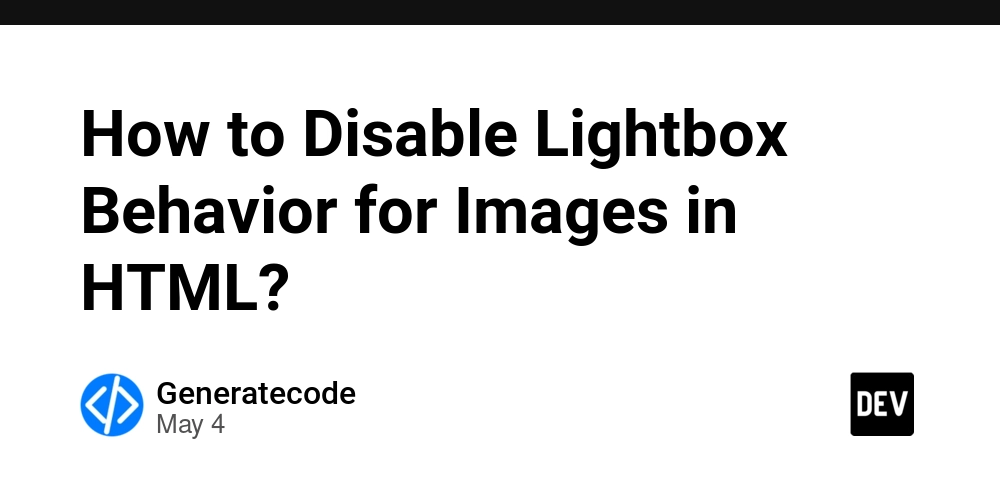


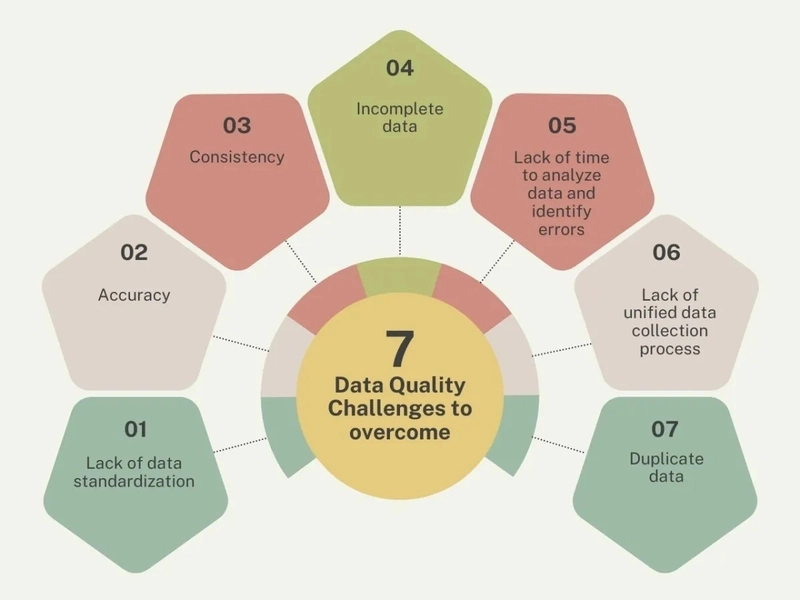













![[DEALS] Microsoft 365: 1-Year Subscription (Family/Up to 6 Users) (23% off) & Other Deals Up To 98% Off – Offers End Soon!](https://www.javacodegeeks.com/wp-content/uploads/2012/12/jcg-logo.jpg)




![From Art School Drop-out to Microsoft Engineer with Shashi Lo [Podcast #170]](https://cdn.hashnode.com/res/hashnode/image/upload/v1746203291209/439bf16b-c820-4fe8-b69e-94d80533b2df.png?#)




















![Re-designing a Git/development workflow with best practices [closed]](https://i.postimg.cc/tRvBYcrt/branching-example.jpg)




















































































(1).jpg?#)






























_Inge_Johnsson-Alamy.jpg?width=1280&auto=webp&quality=80&disable=upscale#)
































































































![What Google Messages features are rolling out [May 2025]](https://i0.wp.com/9to5google.com/wp-content/uploads/sites/4/2023/12/google-messages-name-cover.png?resize=1200%2C628&quality=82&strip=all&ssl=1)














![New Apple iPad mini 7 On Sale for $399! [Lowest Price Ever]](https://www.iclarified.com/images/news/96096/96096/96096-640.jpg)
![Apple to Split iPhone Launches Across Fall and Spring in Major Shakeup [Report]](https://www.iclarified.com/images/news/97211/97211/97211-640.jpg)
![Apple to Move Camera to Top Left, Hide Face ID Under Display in iPhone 18 Pro Redesign [Report]](https://www.iclarified.com/images/news/97212/97212/97212-640.jpg)
![Apple Developing Battery Case for iPhone 17 Air Amid Battery Life Concerns [Report]](https://www.iclarified.com/images/news/97208/97208/97208-640.jpg)


































































































